₦2,294,250.00 Original price was: ₦2,294,250.00.₦2,100,000.00Current price is: ₦2,100,000.00.
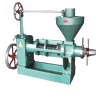

₦7,980.00
Solar Irrigation water pump
₦468,825.00
With Solar Irrigation, plants are able to grow in arid, dry regions where water is scarce for a sustainable and green environment.
Our Solar Irrigation Water Pump is an eco-friendly solution powered by solar energy for agricultural irrigation. Ideal for smallholder farmers and off-grid locations, it provides a reliable and sustainable water supply.
Share:
Solar irrigation water pumps consist of two main components: a solar panel and a pump. The solar panel converts the sun’s energy into electricity, which powers the pump. The pump then draws water from a well or other source and delivers it to your crops.
Solar irrigation water pumps are available in a variety of sizes and capacities to meet the needs of different farms and crops. When choosing a solar irrigation water pump, it is important to consider the following factors:
- The flow rate of the pump: This is the amount of water that the pump can deliver per hour.
- The head of the pump: This is the distance that the pump can lift water.
- The power requirements of the pump: This is the amount of electricity that the pump needs to operate.
Solar irrigation water pumps can be used to irrigate a variety of crops, including fruits, vegetables, and grains. Solar irrigation water pumps are also ideal for use in remote areas where there is no access to the grid.
How to Install a Solar Irrigation Water Pump
Installing a solar irrigation water pump is a relatively straightforward process. The first step is to choose a location for the solar panel. The solar panel should be located in a sunny spot where it will not be shaded by trees or other objects.
Once you have chosen a location for the solar panel, you need to install the pump. The pump should be installed near the water source that you will be using to irrigate your crops.
Once the pump is installed, you need to connect the solar panel to the pump using electrical cables. You also need to connect the pump to the water source and to your irrigation system.
Once the solar irrigation water pump is installed, you can start using it to water your crops. Simply turn on the solar panel and the pump will start pumping water to your crops.
Introducing our Solar Irrigation Water Pump, an eco-friendly and efficient solution for agricultural irrigation. Powered by solar energy, this pump eliminates the need for grid electricity, reducing operating costs and environmental impact. Designed for pumping water from wells, rivers, or other water sources, it provides a reliable and sustainable water supply for irrigation purposes. With easy installation and low maintenance requirements, our solar irrigation water pump is ideal for smallholder farmers, remote agricultural areas, and off-grid locations.
**Benefit:**
– Eco-friendly solution powered by solar energy
– Eliminates the need for grid electricity, reducing operating costs
– Provides a reliable and sustainable water supply for agricultural irrigation
– Ideal for smallholder farmers, remote agricultural areas, and off-grid locations
**How to Use:**
1. **Site Selection:** Choose a suitable location for installing the solar panels where they can receive maximum sunlight exposure throughout the day.
2. **Installation:** Mount the solar panels securely on a stable structure or ground-mounted rack system.
3. **Positioning:** Position the solar pump near the water source, such as a well, river, or water reservoir.
4. **Connection:** Connect the solar panels to the pump’s controller using the provided cables and connectors.
5. **Testing:** Test the pump to ensure proper functionality and water flow.
6. **Adjustment:** Adjust the pump settings, such as flow rate and pressure, as needed for optimal irrigation performance.
7. **Operation:** The pump will automatically start pumping water when exposed to sunlight. Monitor the water flow and adjust settings as necessary.
8. **Maintenance:** Regularly clean the solar panels and check the pump system for any debris or blockages. Perform routine maintenance as recommended by the manufacturer.
With our Solar Irrigation Water Pump, farmers can enjoy a reliable and sustainable water supply for agricultural irrigation, powered by clean and renewable solar energy.
Only logged in customers who have purchased this product may leave a review.

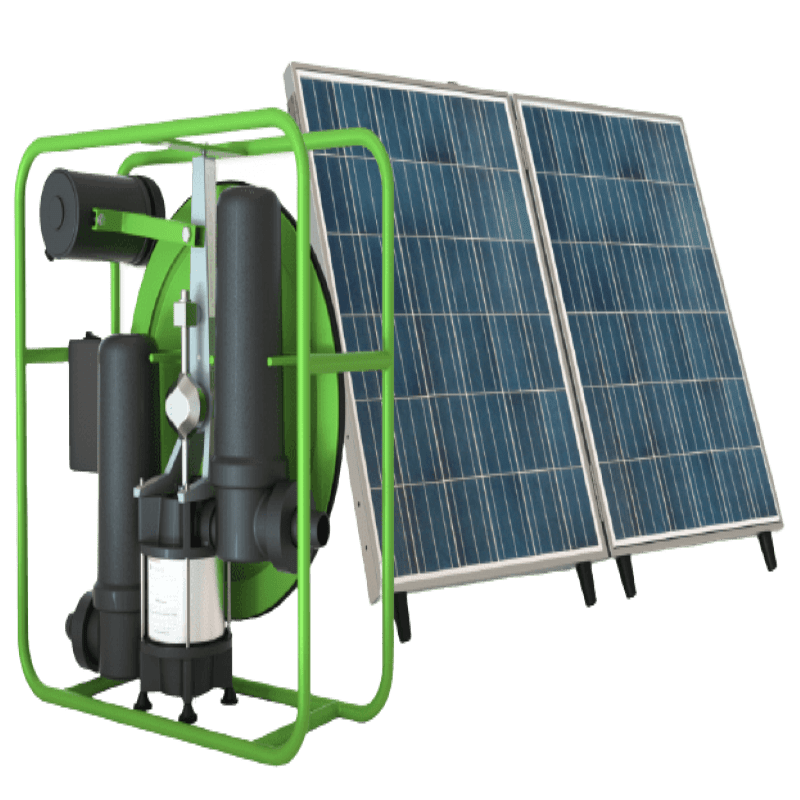
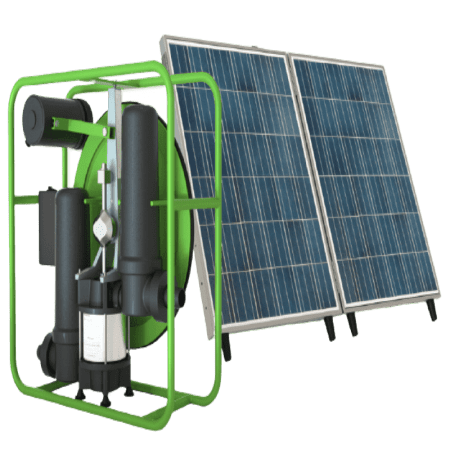

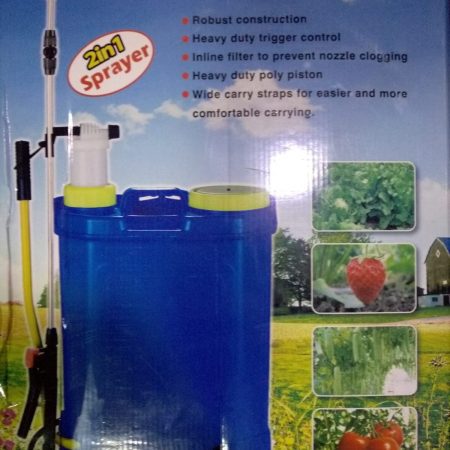
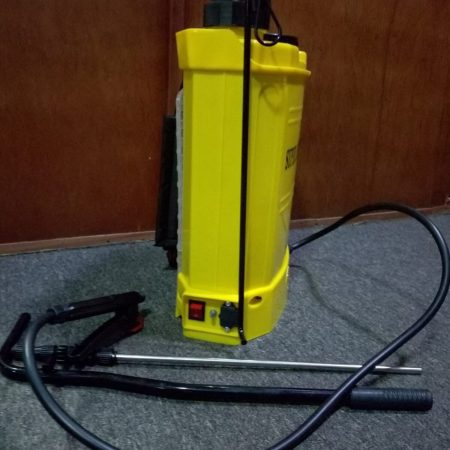
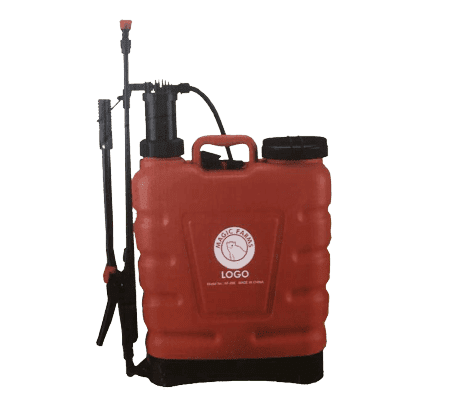
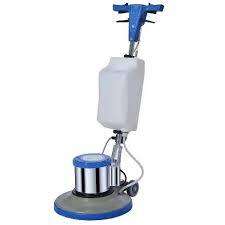
Reviews
There are no reviews yet.